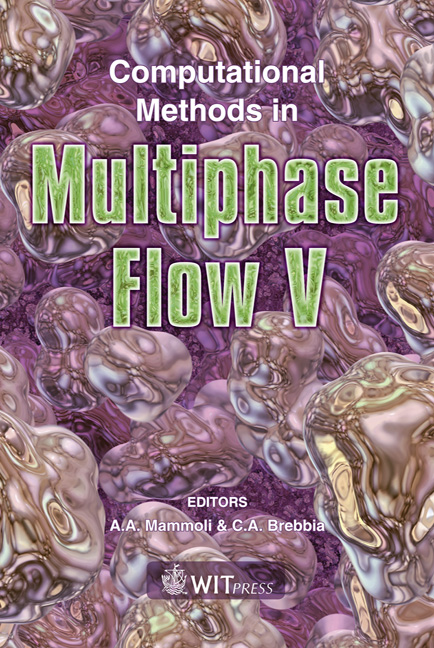Effects Of Physical Properties On The Behaviour Of Taylor Bubbles
Price
Free (open access)
Transaction
Volume
63
Pages
12
Page Range
355 - 366
Published
2009
Size
747 kb
Paper DOI
10.2495/MPF090301
Copyright
WIT Press
Author(s)
V. Hernández-Pérez, L. A. Abdulkareem & B. J. Azzopardi
Abstract
Gas-liquid flow in vertical pipes, which is important in oil/gas wells and the risers from sea bed completions to FPSOs, was investigated to determine the effects of physical properties on the characteristics of the mixture such as void fraction, structure frequency and velocity as well as the shape of 3D structures. These are difficult to visualise using conventional optical techniques because even if the pipe wall is transparent, near-wall bubbles would mask the flow deep in the pipe. Therefore, more sophisticated methods are required. Two advanced wire mesh sensors (WMS) were used and the two-phase mixtures employed were air-water and air-silicone oil. The effect of fluid properties is accounted for in terms of the Morton number. It was found that the flow pattern is affected by the fluid properties as the results revealed that contrary to what is commonly assumed when modelling pipe flow, the flow is not symmetric, with a lot of distortion, which is even higher for the air-silicone oil mixture. Keywords: gas/liquid, vertical, wire mesh sensor, slug flow, void fraction, structure velocity.
Keywords
gas/liquid, vertical, wire mesh sensor, slug flow, void fraction, structure velocity





